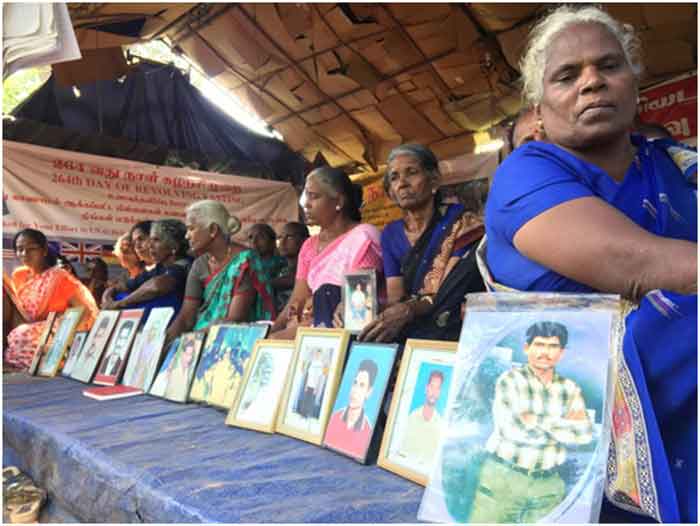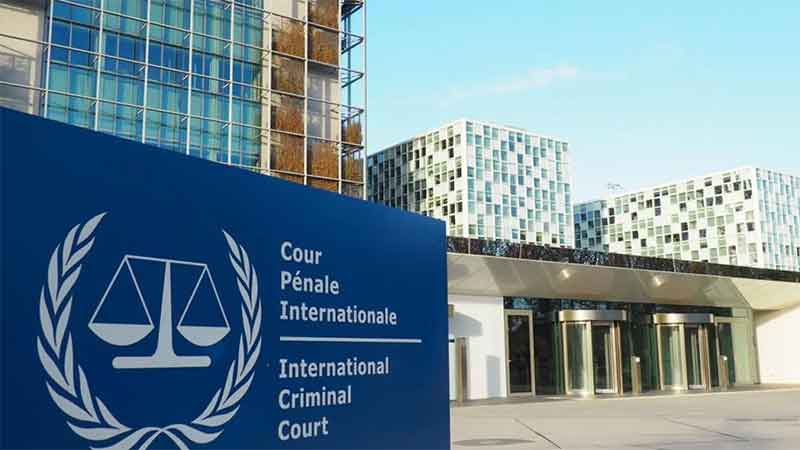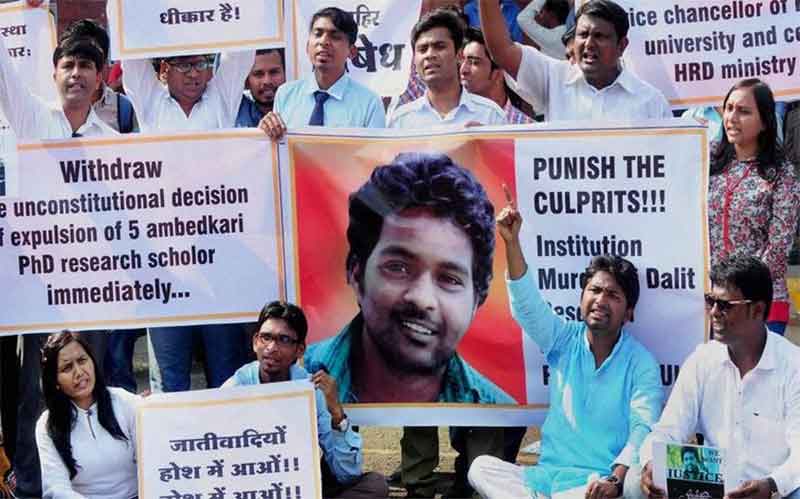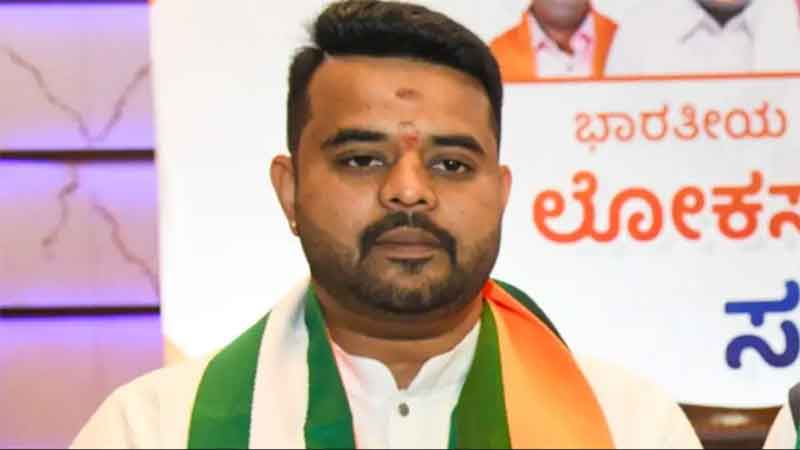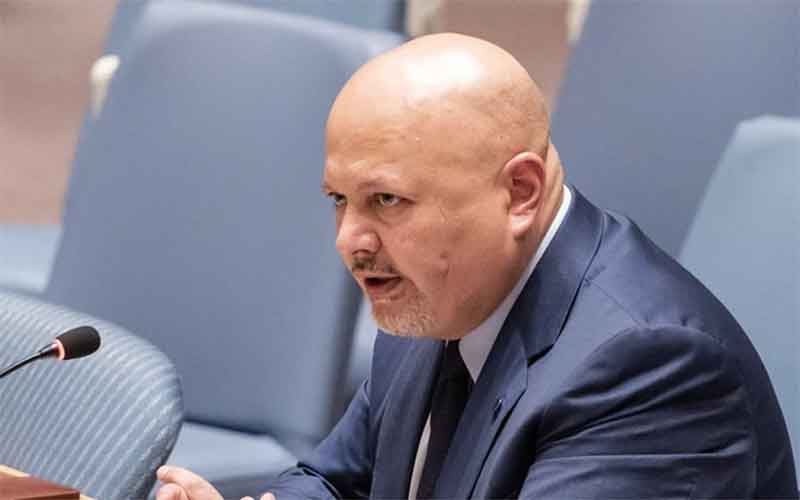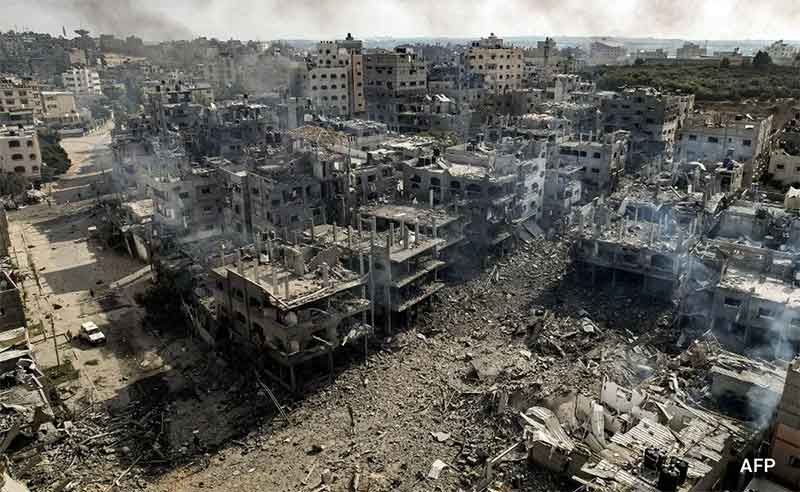
The idea of “self-determination” continues its hold on the hearts and minds of peoples yearning to breathe free. Kosovo, for example, established its independence in 2008, making it the world’s second-youngest country (after South Sudan, officially established in 2011). The landslide winner of Kosovo’s parliamentary elections in February 2021 was the Self-Determination Party (Vetëvendosje), which made Kosovo a rare Muslim-majority, leftist-governed country.
Self-determination is the freedom to choose one’s own acts without external compulsion. The term is generally associated with the freedom of the people of a given territory to determine their own political status. It is the power of a nation to decide how it will be governed without the influence of any other country
The ratification of the United Nations Charter in 1945 at the end of World War II placed the right of self-determination into the framework of international law and diplomacy. The following are a few examples.
Chapter 1, Article 1, part 2 states that purpose of the UN Charter is: “To develop friendly relations among nations based on respect for the principle of equal rights and self-determination of peoples, and to take other appropriate measures to strengthen universal peace”
Article 1 in both the International Covenant on Civil and Political Rights (ICCPR) and the International Covenant on Economic, Social and Cultural Rights (ICESCR) read: “All peoples have the right of self-determination. By virtue of that right they freely determine their political status and freely pursue their economic, social and cultural development.”
The United Nations Universal Declaration of Human Rights Article 15 states that everyone has the right to a nationality and that no one should be arbitrarily deprived of a nationality or denied the right to change nationality.
Tamils of Ceylon by virtue of their great language, their religions, their separate culture and heritage, their history of independent existence as a separate state over a distinct territory for several centuries … and above all by their will to exist as a separate entity ruling themselves in their own territory, are a nation distinct and apart from the Sinhalese.
The longest struggle for self-determination in post-independence Sri Lanka is that of the Ceylon Tamils. It began in earnest in the mid-1950s as a response to discriminatory language policy and was fuelled by further discrimination in access to state employment and higher education. Between the mid-1950s and the mid-1970s, the Ceylon Tamil national movement sought self-determination within the framework of the existing state. The principal objective was to establish a federal government structure through which the Ceylon Tamil nation could defend its rights in a power-sharing arrangement with the Sinhalese.
At this stage, the Ceylon Tamil national movement focused on non-violent resistance and launched a series of satyagrahas (peaceful protests) in the Gandhian tradition. The coalition government (1960-1965), led by the Sri Lanka Freedom Party (SLFP), struck the first violent blow against the Tamil national movement when the predominantly Sinhalese armed forces were deployed in the Jaffna peninsula in 1961 to repress these peaceful protests.
After the non-violent struggle for self-determination was crushed by the mighty Sinhala Military Tamil leaders unanimously adopted the Vaddukoddai Resolution calling for the “restoration and reconstitution of the free, sovereign, secular, socialist state of Tamil Eelam “.
The Eelam Tamil people endorsed the resolution at the 1977 parliamentary elections and voted en masse for the TULF to fight for independent Tamil Eelam.
Meanwhile, a new generation of young Ceylon Tamils, economically marginalised by discrimination in employment and higher education and brutalised by state repression, saw no way forward without armed resistance. The militants formed five major guerrilla organizations in the middle to late 1970s, including the Liberation Tigers of Tamil Eelam (LTTE), and launched their campaign to establish Eelam throughout the Tamil-speaking majority districts of north and east Sri Lanka.
Sinhalese-controlled governments have refused to concede the national rights of Eelam Tamils. Moreover, their obstinacy has contributed to the emergence and reproduction of the armed conflict.
The Tamil claim to self-determination is one of the strongest in the contemporary international scene. The three main elements of a claim to self-determination
- Historic self- governance in an identifiable territory,
- A distinct culture and
- A national will and capacity to govern
The Tamils community have shown their competence in all the above areas. They are more learned than the rest of the Sinhalese people since they believe that at least one of the children in a family must attain the university level of education. They can therefore be termed as competent enough with that level of education. Further, they have already shown their capability in the past by organising the strongest and best organised terrorist group in history. They have further made a Tamil government [de facto] with a well-organized police and judicial system within the region they occupy.
What the Tamils ask for is not division but freedom. Why they ask this is not because of narrow thinking. What Tamils hope to achieve is not only the emancipation of the Tamil people but the greater good of the Sinhalese people themselves. Why? Because, thereafter, the so-called Tamil problem will cease to be a livelihood for opportunist Sinhalese politicians. That will provide a chance for the Sinhalese people to free themselves from the political, social and economic shackles that bind them today and realize where their true slavery lies.
Kumarathasan Rasingam – Secretary, Tamil Canadian Elders for Human Rights Org/

